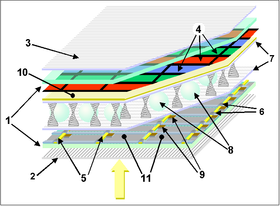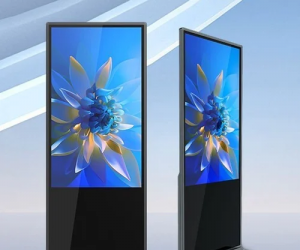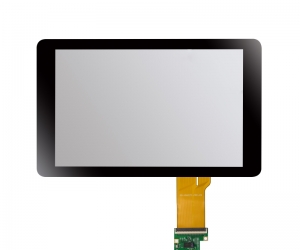News
News
LCD (Liquid Crystal Display) may be a fresh noun for many users, but the history of this technology may far exceed our imagination. As early as the end of the 19th century, Austrian botanists discovered liquid crystals, that is, a substance has both the fluidity of liquids and certain crystal-like arrangement characteristics.
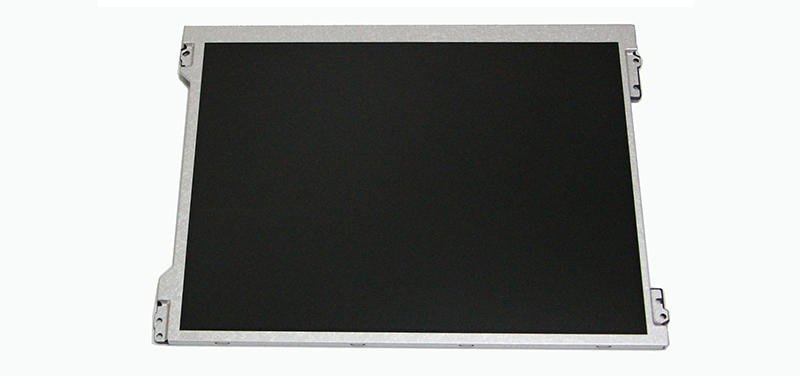
Under the action of an electric field, the arrangement of liquid crystal nature changes, which affects its optical properties.
This phenomenon is called the electro-optic effect. Utilizing the electro-optical effect of liquid crystals, British scientists produced the first liquid crystal display, the LCD display, in the last century.
An LCD display is a display using liquid crystal as a material. Liquid crystal is an organic compound between solid and liquid. When heated, it will become a transparent liquid, and after cooling, it will become a crystalline turbid solid.
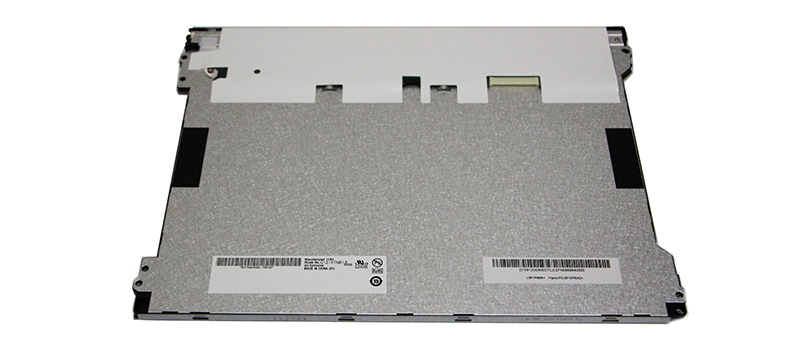
Under the action of an electric field, changes in the arrangement of the liquid crystal molecules will occur, which will affect the changes in the light passing through them.
This change in light can be expressed as a change in bright and shade through the effect of a polarizer.
In this way, people control the electric field to finally control the bright and shade changes of light, so as to achieve the purpose of displaying images.
According to the driving method of the LCD panel, the most common currently is a TFT (Thin Film Transistor) type driver. It achieves independent and precise control of each pixel through the active switch, so it can achieve more fine display effects than the previous passive driver (commonly known as pseudo color). Therefore, most LCD displays, LCD display TVs and some mobile phones are driven by TFT.
TFT-LCD is mainly composed of these components:
This picture does not include the actual light-source (usually cold-cathode fluorescent lamps or white LEDs), just the TFT-display matrix.
|
1-Glass plates 2/3-Horizontal and vertical polarisers 4-RGB colour mask 5/6-Horizontal and vertical command lines 7-Rubbed polymer layer 8-Spacers 9-Thin-film transistors 10-Front electrode 11-Rear electrodes |
|
First, an LCD display must first use a backlight to project light sources. These light sources pass through horizontal and vertical polarisers and then pass through the liquid crystal.
At this time, the arrangement of the liquid crystal molecules will change the polarization angle of the light propagating through the liquid crystal, and then these light must pass through the RGB color mask film and another polarizer plate in front.
Therefore, as long as we change the voltage value applied to the liquid crystal, we can control the intensity and color of the light that finally appears, so that we can change the color combination with the different hue on the LCD display panel.
You may also like
 EN
EN
